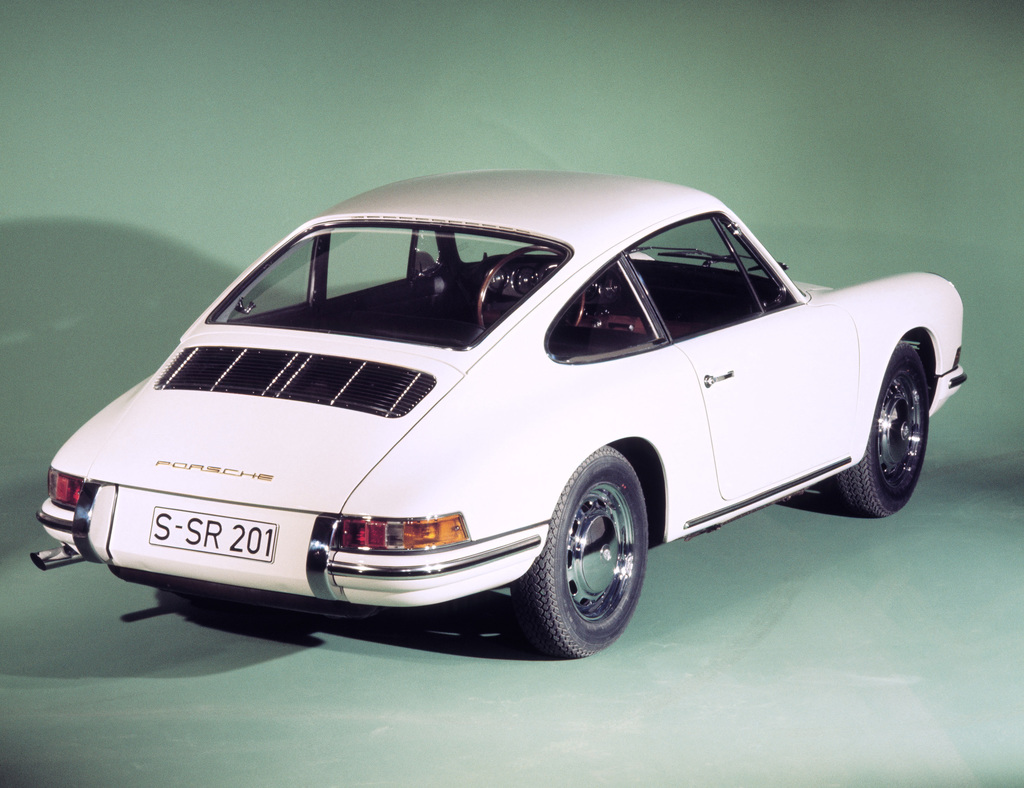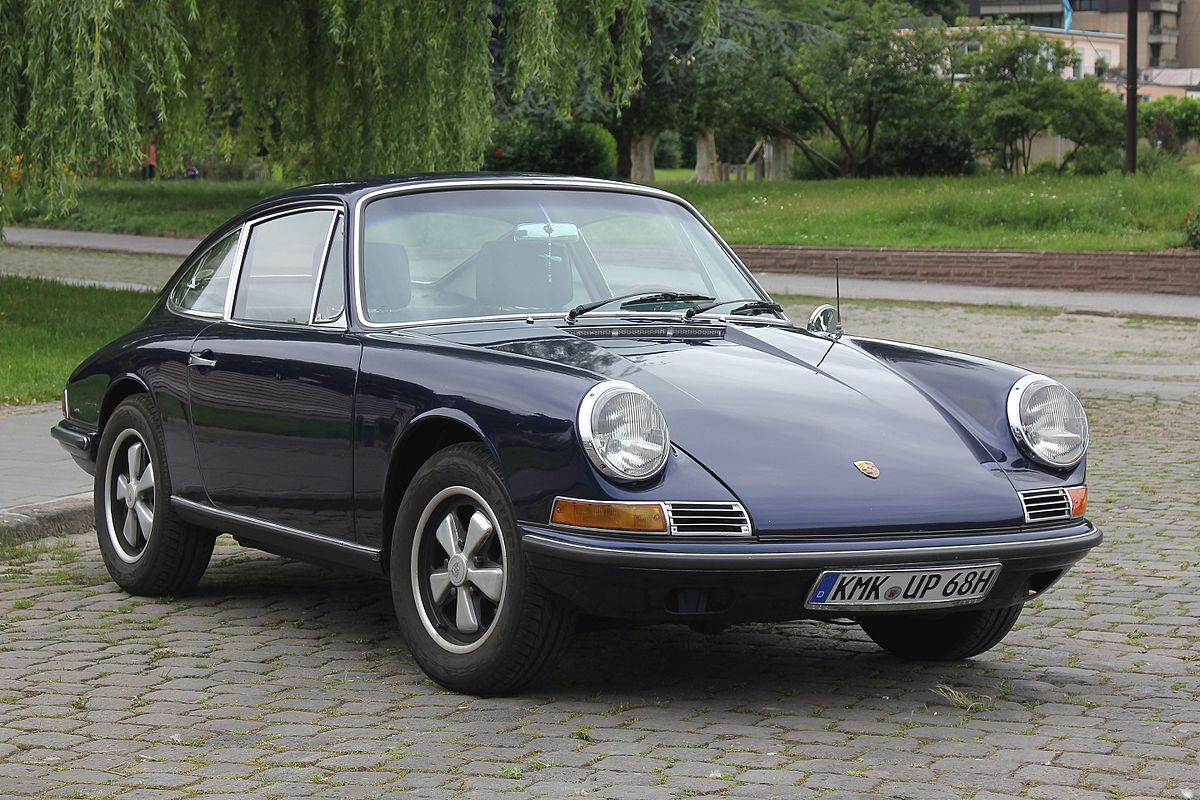History Of The Porsche 911 ...
Porsche Prepares To Evolve Beyond The 356
By the early 1960’s, with the commercial success of the 356 (in all of its variants) over the past decade, Porsche had garnered a reputation for building quality, high-performance vehicles that handled equally well on-and-off the race track. At the same time, Ferry recognized that the 356, for as much as it had evolved, was fifteen years old, and was due for a major redesign.The decision to utilize Ferdinand Alexander created an upheaval within the Porsche organization. It had been assumed that Erwin Komenda, who had developed the body design for the Porsche 356 and led the body design department up to that point, would be responsible for the 901’s design. F.A. Porsche complained that Komenda made unauthorized changes to his design and caused internal strife within the group. As the design took shape, Ferry Porsche took his son’s drawings to neighboring chassis manufacturer Reuter to fabricate the first prototypes of the Porsche 901 design.

The car’s success at the Frankfurt Auto Show proved unequivocally that production of the 901 would begin as soon as the Porsche facilities could re-tool to begin production. There were still a good number of 356 C orders to be filled, and while production of the 356 C would continue for at least another year while additional engineering was completed on the 901, public appeal for the new car seemed very promising.
In September 14, 1964, production on the new Porsche 901 began and over the following week, a total of 82 cars were manufactured. One of the Porsche 901 prototypes was transported to the Paris Motor Show in October, 1964, and was once more well received by almost everyone – except for the executives of the French car manufacturer Peugeot.
Peugeot objected to the “901” designation because they too had patented a three-digit numeric designation for one of their cars that contained a zero as the middle digit. They asserted that they had ownership over the naming convention and had already sold many models in multiple markets bearing the same designation. Porsche’s solution? Change the middle “0” to “1” and call the car the Porsche 911.
Officially, the 901’s that had already been constructed were used for testing and for additional exhibitions, and Porsche never sold any of the original 82 units to private customers.

Porsche 912
In 1963, Porsche assigned the development of a new, horizontally-opposed, four-cylinder engine to Dan Schwartz, then Chief Departmental Manager for Development of Mechanical Systems. This engine was to be utilized as the powerplant for the 912 (originally Type 902), a variant of the Porsche 911, and was specifically intended to produce higher performance numbers than Porsche’s 356 SC engine. Moreover, the engine would be less costly and complex than their Carrera 2 engine.
Given time restrictions and developmental concerns, another option that was considered was to increase the displacement of the 1.6L engine (Engine Type 616) from the Porsche 356 to 1.8L, add Kugelfischer fuel injection, and modify the engines valve and cooling systems.
Again, given cost and scheduling concerns, both of these ideas were ultimately abandoned in favor of tailoring the exiting 1.6 liter Type 616 engine to the Porsche 912.
The Porsche 912 was not intended to replace the Porsche 356, but rather offer consumers who had appreciated the 356 as an option to buy a car at the same price point. The Porsche 911 (originally Type 901) was developed specifically as the successor to the 356 line, but because of the increases in technology and performance, including a larger, more powerful engine, Porsche recognized that the 911 would also cost considerably more than the outgoing 356 had, and so the 912 was introduced to bridge the gap between the outgoing 356 and the 911, the car that was to carry the Porsche brand forward.
As production of the 356 began to wind down in early 1965, Porsche officially began production of the 912 coupe on April 5th of the same year. Styling, performance, the quality of construction, the car’s reliability and the price made the Porsche 912 a very attractive alternative to the outgoing 356, and was well received by both old and new customers alike.
The Porsche 912 was manufactured by Porsche between 1965 and 1969 as their entry-level model. In that time, Porsche produced nearly 30,000 Porsche 912 coupes and roughly 2500 912 Targa top automobiles.
Although technically a variant of the 911, the 912 was a more nimble-handling compact performance 2+2 sports car, delivering 90 SAE horsepower at 5,800 RPM. Because of its highly-efficient flat-4 cylinder engine, low curb weight and low coefficient of drag, the Porsche 912 was capable of achieving up to 36 MPG, a number not commonly associated with any performance car of that era.
By 1969, Porsche executives made the decision that continuing production of the Porsche 912 would not be viable, due both to internal and external factors.
For one, the production facility that was utilized for manufacturing the 912 was to be reallocated for a new model, the Porsche 914-6.Second, the 911 platform had returned to Porsche’s traditional model of offering three performance level options – a base model 911T, a fuel-injected 911E and a high-performance 911S.
Third, by 1969, the United States had started implementing more stringent emission control regulations that would require re-engineering all of Porsche’s offerings – and given the optional, multi-tiered 911’s available combined with the pending introduction of the 914, it was determined that the 912 was not worth the effort.
Comments
Post a Comment